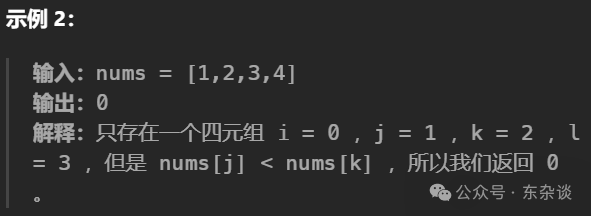1、普通 Java 代码
public class Rectangle {
private int width;
private int length;
public Rectangle() {
System.out.println("Hello World!");
}
public void setWidth(int widTth) {
this.width = widTth;
}
public void setLength(int length) {
this.length = length;
}
@Override
public String toString() {
return "Rectangle{" +
"width=" + width +
", length=" + length +
'}';
}
public static void main(String[] args) {
Rectangle rectangle = new Rectangle();
rectangle.setLength(3);
rectangle.setWidth(2);
}
}
2、Spring
-
编写配置文件:

第一段是命名空间
第二段是我们自己的 bean,需要给 bean 指定 id(对象的唯一标识,不可重复),class(实现的类的全限定名),属性赋值(set 后面的属性)。 -
通过 ClassPathXmlApplicationContext 调用 Bean,可以通过三种方式调用:id(需要强转)/ class(需要 bean 是单例的)/ id + class 。
public static void main(String[] args) {
ApplicationContext context = new ClassPathXmlApplicationContext("service.xml");
// 通过 id
Rectangle rectangle1 = (Rectangle) context.getBean("rectangle");
// 通过 class
Rectangle rectangle2 = context.getBean(Rectangle.class);
// 通过 id + class
Rectangle rectangle3 = context.getBean("rectangle",Rectangle.class);
System.out.println(rectangle1);
}
3、Spring Boot
- 定义一个类
- 定义Config 配置类,并通过注解将其注册为 Bean,如@Component,@Bean,@Service等。
- 之后就能在其他类中通过 @Autowired 或 @Resource 注入使用
@Data
@AllArgsConstructor
public class Rectangle {
private int width;
private int length;
public Rectangle() {
System.out.println("Hello World!");
}
@Override
public String toString() {
return "Rectangle{" +
"width=" + width +
", length=" + length +
'}';
}
}
public class RectangleConfig {
@Bean
public Rectangle rectangle(){
return new Rectangle(3,4);
}
}
@RestController
public class MyController {
@Autowired
public Rectangle rectangle;
@GetMapping("/bean")
public String getBeanDetails() {
return rectangle.toString();//Rectangle{width=3, length=4}
}
}










![[网鼎杯 2020 朱雀组]Nmap 历程记录](https://i-blog.csdnimg.cn/direct/08ac1c1ee869410dabd753e39fdd474c.png)








